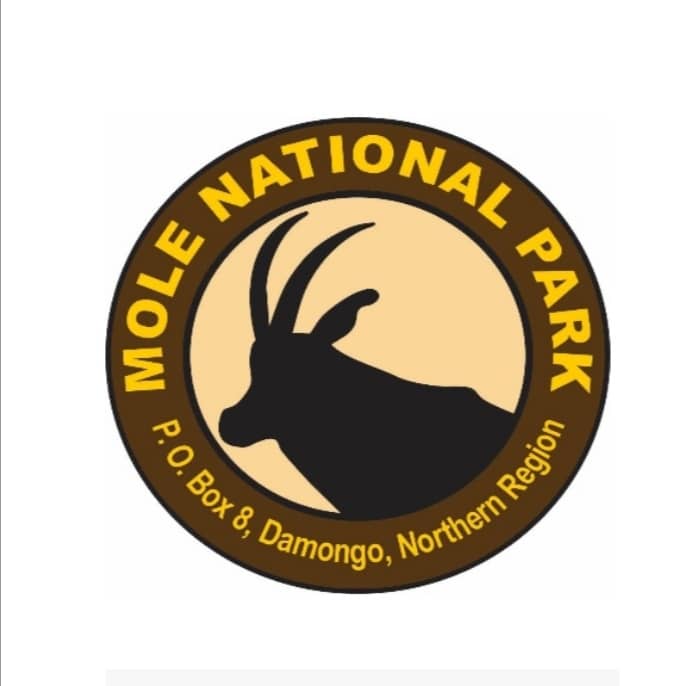
To sustainably manage wildlife resources outside the protected areas, the Wildlife Division has evolved, as in other African Countries, a mechanism for the management of wildlife involving communities on the fringes of protected zones. This mechanism is called Community Resource Management Areas (CREMAs). A CREMA is a land-use arrangement for expanded collaborative resource management and use.
It is a geographically defined area with one or more communities that have agreed to manage resources in a sustainable manner. It works as a community-based organisation with an executive structure and a constitution that guides and regulates wildlife-related activities in that community, with the sole aim of promoting the sustainability of wildlife. This mechanism creates an incentive for farmers, by allowing them to benefit from the use of natural resources which in turn encourages them to manage and use these resources sustainably. Communities and landowners are given the right to access and control their natural resources.
A number of fringe communities of Mole National Park have adopted the CREMA approach to sustainably manage their natural resources. The livelihood ventures and initiatives under the CREMA concept include beekeeping, community-based tourism, art and craft production, afforestation and sport hunting, among others. The underlying philosophy of the CREMA approach is that if natural resources are given ‘value’, and communities are given the ‘authority’ to ‘manage’, then they will have the ‘incentive’ to sustainably manage and conserve natural resources.
This results in improved livelihoods and human well-being. It also secures habitats, protects endangered species, and may enhance the security of Protected Areas. From a political perspective, it strengthens democratization and accountability at local levels. From an economic perspective, it strengthens local economies and diversifies income at community and household levels, among others. Examples of CREMAs around Mole National Park are those of Murugu and Mognori, in the West Gonja District, and Kunlog, in the Sawla Tuna Kalba District. These CREMAs began between 2003 and 2007.

